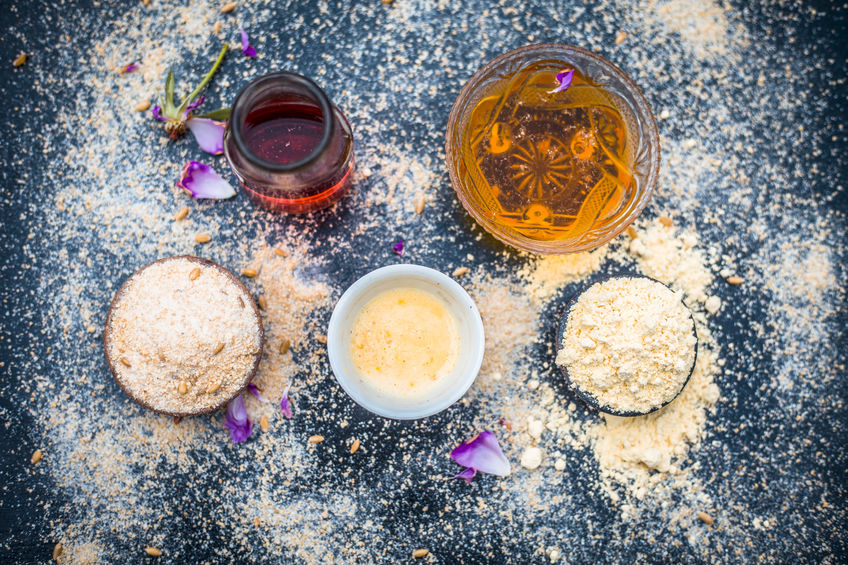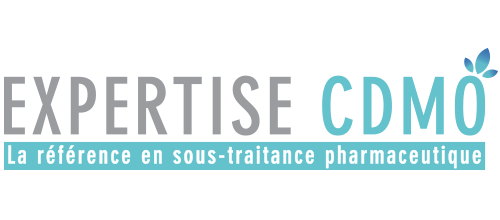The arrival of cosmetic apps has changed consumer trends. We see here and there many blogs, women’s magazine articles, dealing with the manufacture of our cosmetics at home. Oh DIY trend (Do It Yourself)! The cosmetic industry beginning of the end? Maybe not. Below are some significant obstacles to this trend that people should read before starting and that manufacturers should take advantage to promote their arguments.

So DIY in cosmetics: should we ride the trend?
The raw materials origin well mastered?
Make your own hair mask with Kachur Sugandhi powder! Not so easy. Indeed beyond having to get this material (DIY followers must have their network) we must ask the question where the material comes from, how is it controlled because the surprises can be big and the consequences undesirable.
The industrial manufacturer controls raw materials supply used in the manufacture of its products. These are manufactured according to a very precise specification established between the manufacturer and the supplier. Upon receipt and before using them, the raw materials are checked according to the specifications in force. In case of problem it is refused and therefore not used.
Strict manufacturing process well observed?
Once unpronounceable named raw materials have been purchased, the DIY follower is left alone to make his product. In this case, strict hygiene rules are required. The work surface must be well disinfected, sterilized. Hands should be thoroughly washed. However how to guarantee that between the cleaning of the litter of the cat and the manufacture of its face care, the cleaning of the hands was effective not to contaminate the product?The industrial manufacturer observes strict rules: equipment cleaning is qualified. Indeed it makes sure that switching from a product A to a product B, there is no A in B. it also ensures that no trace of microbial contamination is present in its mixer, on its vessel. These cleaning qualifications are checked by qualified personnel. The personnel in charge of manufacturing is himself trained to the rules of hygiene, and consequences on their non-compliance.
Compositions and effects tested and demonstrated?
In addition to using ingredients whose origin is not necessarily controlled, the list of ingredients is not necessarily subject to qualification to understand the expected effects. When the recipe that contains 1 spoonful of sapote vegetal oil promises a “strength and volume” hair mask who is responsible for proving the expected effects? If 6 shovels of 5 ml of surfactant SCl are required to make a solid shampoo, what happens if in DIY 7 are put or if the shovel does not really 5ml? Should we start all over again?The industrial manufacturer qualifies the formulas. He adjusts the list of ingredients, the quantity until the ideal formula for the desired purpose. This approach is approved by qualified personnel. The physicochemical analyzes are performed to ensure that the product contains the correct content that will give the desired effect. Without this, no production set up, no marketing can be authorized. Upstream, side effects are studied: the use of essential oils is for example controlled. Indeed a few extra drops not mastered in the DIY can cause allergies.
So to conclude, say yes to natural products, say yes to the control of the product’s ingredient list which you use daily but trust professionals who control their production by means of adapted controls and qualified people. And maybe focus on DIY in cooking, knitting…


